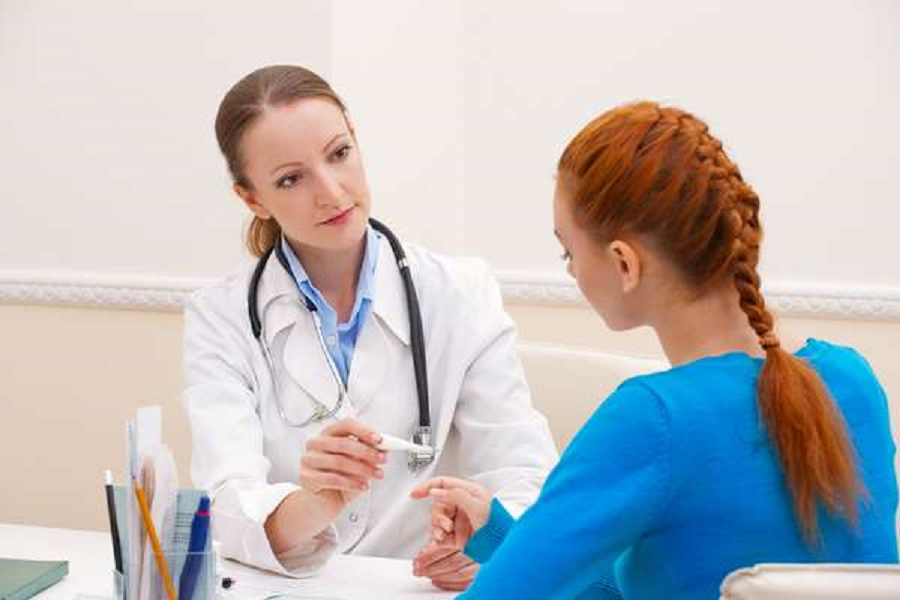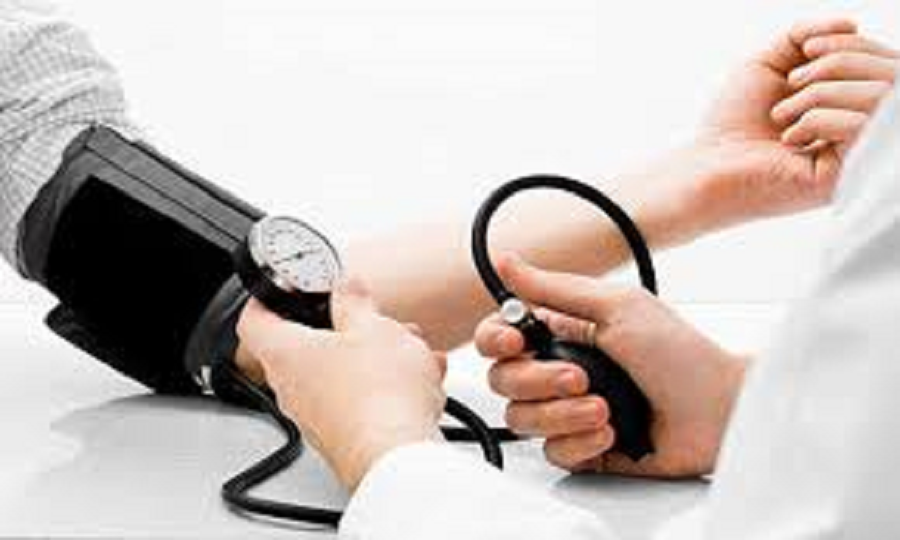- Vaginal Yeast Infections
- Yeast Infection, or Something Else?.
- Vaginal Yeast Infection Symptoms - What They Feel Like
- What Causes Yeast Infections?
- When to Self-Treat
- You can treat most vaginal yeast infections with an over-the-counter vaginal cream or suppository. You can buy these nonprescription vaginal creams and suppositories at most large drugstores and supermarkets.
- How to Prevent Yeast Infections
Vaginal yeast infections are common. Yeast infections, sometimes called candidiasis, develop where a moist environment encourages growth of the yeast fungus, such as the genitals.
Yeast infection symptoms -- such as vaginal itching, burning, and occasional vaginal discharge -- can also be caused by sexually transmitted diseases and other vaginal infections.
Anyone who's had a yeast infection knows the unbearable vaginal itching it can bring. Other vaginal infections share some of the same symptoms, so only your doctor can make a diagnosis by running a lab test on sample fluid and cells from the vagina.
Candida yeast normally live in the vagina. But certain conditions set up an ideal environment for the yeast to "overgrow" out of balance and cause a yeast infection.
In many cases, you can safely treat a vaginal yeast infection with an over-the-counter medication. You can also try treating a yeast infection at home with these tips for self-care to relieve itching, burning, and other symptoms.
While you can't always avoid a yeast infection, you can lower your risk of getting one. Follow these guidelines to avoid the itching, burning, and other discomforts.
- Ovarian Pain: Causes, Diagnosis, Treatments
- Cysts on the Ovaries
- Polycystic Ovary Syndrome (PCOS) and Weight Gain.
Ovarian Health
Your ob-gyn will deal with some of the most health issues in your life, including birth control, childbirth, and menopause. A number of different conditions, from cysts to tumors, can cause ovarian pain.
Ovarian cysts are common, especially with woman who still get their period. They’re solid or fluid-filled pockets in or on your ovary.
Most women at some point have to contend with weight gain. But for women with polycystic ovary syndrome (PCOS), losing weight can become a constant struggle.
- Chronic Pelvic Pain
- Diagnosing Chronic Pelvic Pain
- How to Ease Your Chronic Pelvic Pain
- Chronic Pelvic Pain: Questions to Ask
- Pelvic Inflammatory Disease (PID)
- How Do I Know If I Have PID?
- What's the Treatment for Pelvic Inflammatory Disease?
Pelvic Pain and Disease
Many different conditions can cause chronic pelvic pain. The main symptom is pain that lasts for more than six months, but there are usually other symptoms, as well. Understanding your symptoms can help you and your doctor begin to pinpoint the cause or causes of your chronic pelvic pain.
Your pelvic pain may not have an obvious cause. It may take some time and effort to figure it out. There are specialists you can turn to and tests that can be done to determine why you have the pain and what can be done about it.
If you have pelvic pain that doesn’t go away, see your doctor. In the meantime, there are a number of things you can do at home to feel better. This article outlines six of them.
When you've been diagnosed with chronic pelvic pain, you and your doctor should work together toward your well-being. Don't be afraid to ask any questions you have about your condition and your care. Here are some important ones to start with.
PID is one of the most serious complications of a sexually transmitted disease in women: It can lead to irreversible damage to the uterus, ovaries, fallopian tubes, or other parts of the female reproductive system, and is the primary preventable cause of infertility in women.
There are a variety of problems that could be a sign of PID.You should see a doctor if you’re experiencing these symptoms.
Pelvic inflammatory disease (PID) is an infection of the female reproductive system. If you have it, most likely your doctor will give you antibiotics, but sometimes a hospital stay may be needed.
- Adenomyosis: Symptoms, Causes, and Treatments
- Enlarged Uterus
- Prolapsed Uterus
- Types of Hysterectomy
Uterine Health
Adenomyosis is a condition in which the inner lining of the uterus (the endometrium) breaks through the muscle wall of the uterus (the myometrium).
An enlarged uterus can be a symptom of a variety of medical issues. Learn what could cause an enlarged uterus.
Your uterus is normally held in place inside your pelvis with various muscles, tissue, and ligaments. Childbirth or difficult labor and delivery can cause these muscles to weaken. Also, as a woman ages and with a natural loss of estrogen, their uterus can drop into the vaginal canal, causing a prolapsed uterus.
A hysterectomy is an operation to remove a woman's uterus. A woman may have a hysterectomy for different reasons.
- Premenstrual Syndrome (PMS)
- Why Do I Have Cramps but No Period?
- Common Period Problems
- Menstrual Pain
- Irregular Periods
- Toxic Shock Syndrome (TSS)
- Treat and Prevent TSS
Menstruation
Premenstrual syndrome, commonly called PMS, is a medical condition that has symptoms that affect many women of childbearing age.
Lots of women get pelvic pain and cramping, but your period isn't always to blame. Cysts, constipation, pregnancy -- even cancer -- can make it feel like your monthly visitor is about to stop by.
Don't let your period derail your life. You can still do everything that you would during the rest of the month, if you know how to manage the baggage your monthly visitor may bring.
Menstrual cramps are the leading cause of absenteeism in women younger than 30 years. Although over half of women who have menstrual periods experience some discomfort, 10% are temporarily disabled by symptoms.
Periods vary widely from woman to woman. Some periods are punctual, some are unpredictable. On average, a woman gets their period every 21 to 35 days. A period usually lasts about three to five days. Irregular periods may require treatment.
Toxic shock syndrome (TSS) is a sudden, potentially fatal condition caused by an overgrowth of bacteria called Staphylococcus aureus, or staph. TSS affects menstruating women, especially those who use super-absorbent tampons.
Toxic shock syndrome requires immediate emergency care in a hospital. If you think you have it, get medical help as soon as possible. Call 911 or get to a hospital emergency room right away.





